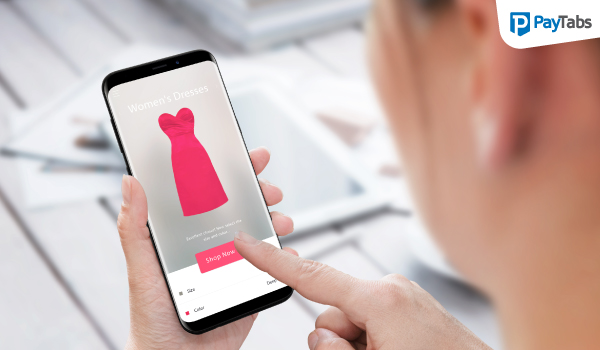5 Tips for Improving User Experience at Your Web Store

When we talk about user experience, we can broadly divide it into the following categories:
- Convenience
- Flexibility
These are the two major factors on which the entire user experience is based. People look for convenience while shopping online or using an e-commerce site. If the site offers everything that the customer might be looking for, keeping their convenience in mind, people will love using the site. The same is true for another factor – flexibility, which is applicable when people look for different options.
Nobody wants to be conditioned to use a limited set of options, which might be quite inconvenient sometimes.
1.Keep your payout speed fast
E-commerce world is going through a sea change as more and more people are moving from traditional jobs to freelance and online jobs. They earn their livelihood through offering gigs and working remotely for others. In such a scenario payout speed of your site becomes extremely important, as your users need to pay their monthly bills.
User experience is everything in this case and the popularity of your platform largely depends on how well the platform pays its users.
2.Make use of targeted keywords
Convenience can be of different types and ease of access and search ability of your website is the topmost factor. We can achieve visibility in organic search through targeted keywords. It is not only important for SEO but also to attract online crowds through different channels. We need to keep in mind that most of the people are looking for a product using their mobile phones so misspelled words and voice search are extremely important, and we should take care of them while defining the targeted keywords.
3. Arrange the placement of search bars
It is extremely important how your search bars are placed on a page during site navigation. In E-commerce sites, there are various filters you can use to search for the product you are looking for. Every section and filter has an adjacent search bar, which can be scrolled up and down or right and left. It helps you view the entire list, grid or web page. It makes the site easy to navigate, view, and find the right information.
4. Keep your product display captivating
Every effort should be made to highlight the product you are selling. A well displayed product has a higher probability of selling. So, everything that might help you in displaying your product in a better way will help you in improving your customer experience. From HD pictures to HD videos, 360 degree views, GIFs and anything else that helps your customer get a better idea about the product will help you.
5.Make sure checkout is smooth
One major part of user experience is the checkout process. If the customer feels that the checkout process is not smooth and quick, they will not leave your site in a happy frame of mind. It may also prevent them from visiting your site next time. The same is true for customer experience with your payment gateway. The overall experience includes the ease of choosing the right product, time taken to move a product to the cart and finally making the payment to complete the order.
There are many things that make your checkout smooth and convenient, such as the functionality to store your card information. With this arrangement, the customer doesn’t have to enter the card details every time they make payment. Don’t redirect them to another site to complete payment. Try your best to keep the customer on your site, unless it’s warranted due to security reasons.
If you take care of all these things, it will dramatically improve your user experience and will help your site to attract more traffic and convert more customers. That’s probably the reason user experience is also one of the major factors that influences SEO.


